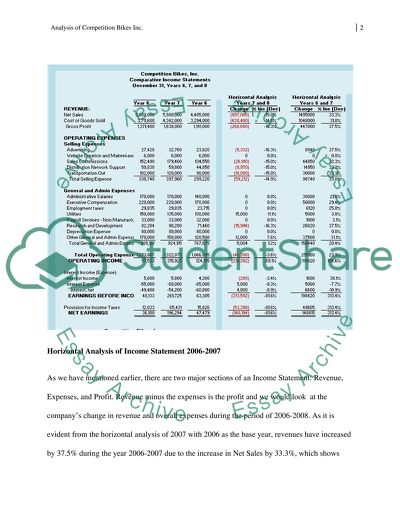Cite this document
(“Analysis of Competition Bikes Inc Term Paper Example | Topics and Well Written Essays - 1500 words”, n.d.)
Retrieved from https://studentshare.org/finance-accounting/1430726-finance-and-accounting
Retrieved from https://studentshare.org/finance-accounting/1430726-finance-and-accounting
(Analysis of Competition Bikes Inc Term Paper Example | Topics and Well Written Essays - 1500 Words)
https://studentshare.org/finance-accounting/1430726-finance-and-accounting.
https://studentshare.org/finance-accounting/1430726-finance-and-accounting.
“Analysis of Competition Bikes Inc Term Paper Example | Topics and Well Written Essays - 1500 Words”, n.d. https://studentshare.org/finance-accounting/1430726-finance-and-accounting.


